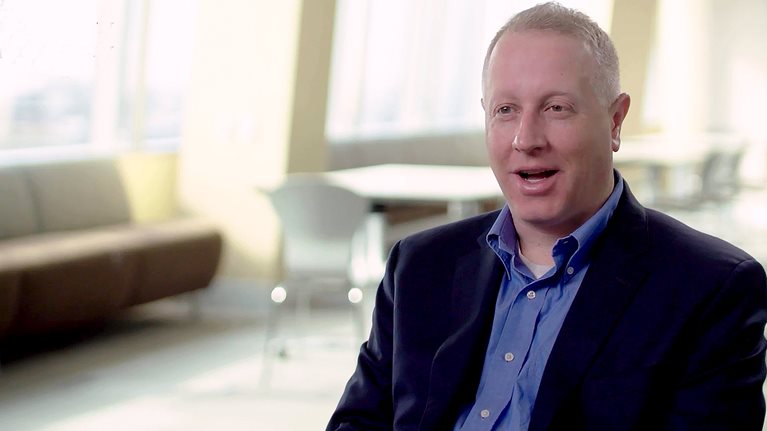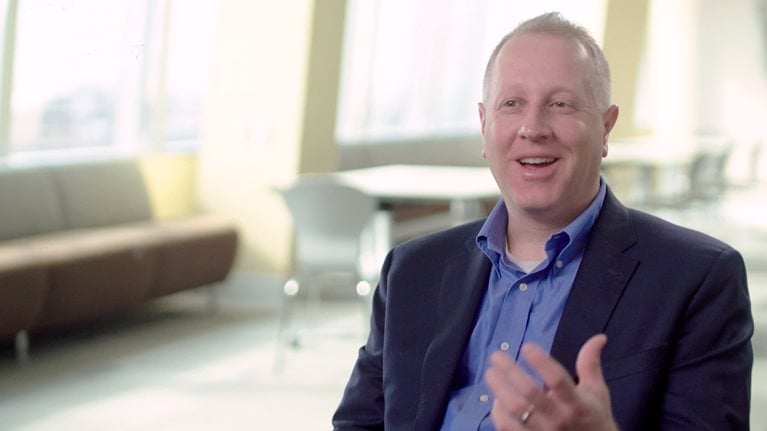In recent years, many businesses have had to navigate through unprecedented challenges. For a lot of those companies, that’s meant turning to large-scale transformation programs. In this video, McKinsey senior partner Seth Goldstrom talks about the constant and evolving best practices in transformation efforts. An edited transcript of his remarks follows.
Seth Goldstsrom: Over the past few years, our society has faced unprecedented health and economic challenges. Against that backdrop, many businesses have found an incredible capacity to adapt and navigate through these unparalleled circumstances. Companies have found ways to successfully address changing expectations from customers, suppliers, shareholders, and employees.
For many of these businesses, accomplishing new objectives has meant turning to large-scale transformation programs. Transformation has been around for decades, and best practices have evolved over time. Over the past couple of years, we’ve seen three changes in the way companies approach their transformation efforts.
The first change is that there’s been much more focus on growth, as opposed to cost reduction. That’s been even more apparent with companies facing talent shortages, supply chain disruptions, and significant inflation.
Second, many companies have taken their approach to transformation and applied it to other goals. Businesses have said, “This is our way of driving change. Transformation doesn’t need to be solely focused on classic financial levers.” Often, that’s been ESG [environmental, social, and governance] topics like sustainability and AD&I [All In, Diversity & Inclusion].
Lastly, there’s been even more focus on health. This includes capability building and addressing culture—the way work gets done and the purpose of the organization. This helps create more meaning around what’s driving the change and ensures that employees remain excited about the effort.
There are also a number of things that haven’t changed in transformation. The first is the importance of what we often call democratizing change. If you go back to when I started my career 25 years ago, the thinking was that when adopting transformation or large performance improvement efforts, you could focus on only a handful of things. Today, when you look at companies that have done a great job of changing their performance and sustaining it, there are often hundreds, if not thousands, of initiatives involved. Our research suggests that any individual can successfully drive only one or two initiatives. That means you need hundreds or thousands of people involved in the broader transformation effort. Mobilizing that level of your workforce requires democratizing the change.
The second constant in transformation is having an execution engine in place that will support that scale of change. Companies need to track those hundreds or thousands of initiatives all the way from an idea to the bottom line.
This requires a nomenclature around how you talk about ideas and milestones. It also requires tools for tracking initiatives all the way to the bottom line so that there’s not significant leakage. It means having real visibility, on a week-to-week basis, of where you are and having a way to highlight areas where additional help is needed.
Finally, we continue to see that a full-potential orientation makes an enormous difference. That means focusing on what’s possible as opposed to what’s probable. It’s human nature to not want to overpromise and underdeliver. But when you’re oriented around, “What could we realistically do? How good could this be?” That’s the true lens for a transformation versus doing something more tactical or incremental. When you’re shooting for something that’s potentially double and credible, your odds of success increase massively.


